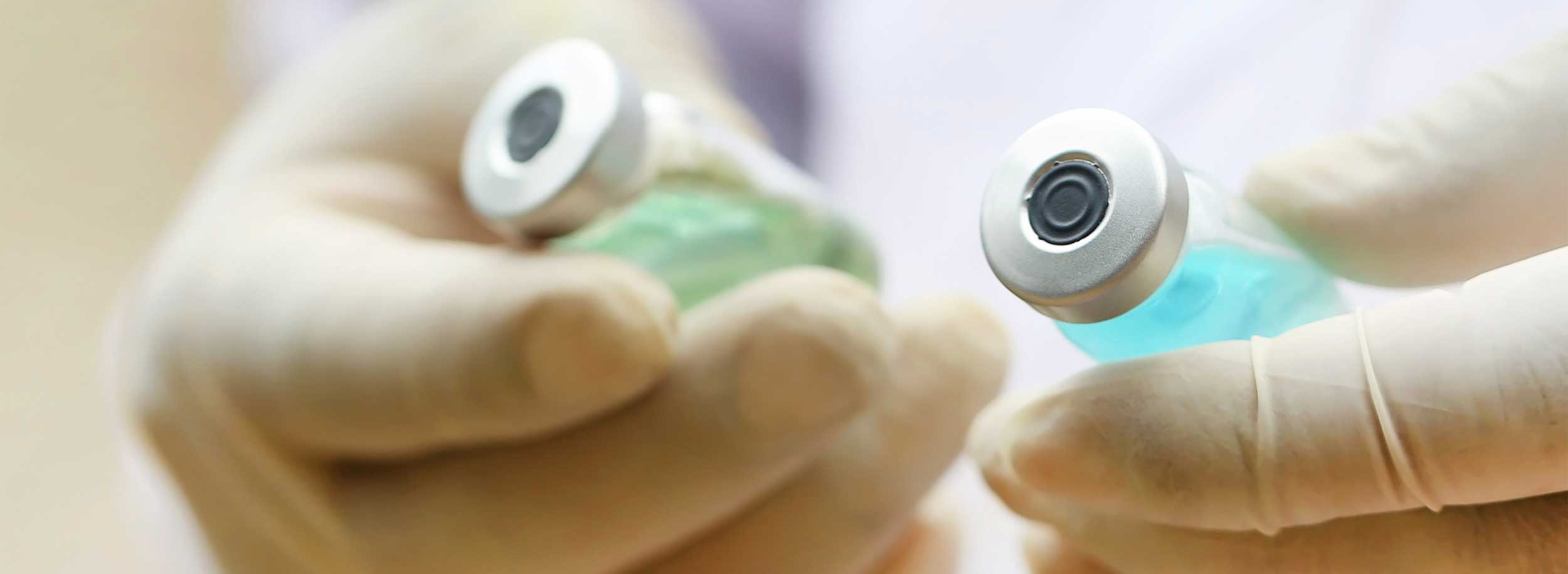 By Philip Schneider, MS, FASHP
By Philip Schneider, MS, FASHP
ASBM Advisory Board Chair
Having spent 40 years educating students, legislators, patients, and others about medications and pharmacy practice, I’ve learned that the key to changing minds is usually to get people to see things from a new, different angle.
For example, as states grapple with how to handle biosimilar substitutions, many are drafting laws which require pharmacists to communicate to the prescribing physician which product was dispensed- the originator or the biosimilar. Pharmacists and pharmacy societies have sometimes been understandably skeptical of new rules and regulations they see as potentially onerous.
I’ve testified in several such states, including Arizona and Ohio and have explained that pharmacists and physicians have a responsibility to their patients and to the greater healthcare community- including patients, providers, regulators, manufacturers and researchers- to work collaboratively and communicate regarding these new medicines.
Clear and timely communication allows an accurate patient record to be maintained, meaning any unexpected effects will be attributed to the correct medicine and informed therapeutic decisions can be made by all parties throughout the course of treatment. This also aids regulators in long term tracking of these products’ safety and efficacy, as well as helping manufacturers and researchers understand how they work.
Legislation has subsequently passed in these and other states when pharmacy societies have focused on the value of communication for the patient instead of the burden to pharmacists.
Often there is a disconnect between a position adopted by a bureaucracy, group or professional society – whether reflexively out of caution, inertia, or skepticism over new rules – and the perspectives of the rank-and-file members or constituents it represents.
Take the issue of biosimilar naming. The FDA and the WHO have each proposed a four-letter suffix system for all biologics- including biosimilars- to clearly distinguish similar products from one another. I’ve participated in several of the WHO meetings in an advisory capacity as they finalize their proposal. (The plans are similar and potentially harmonious; discussion currently revolves around whether to use suffixes composed of random letters, or meaningful, memorable suffixes based on the name of the manufacturer.)
Yet, despite a long tradition among pharmacists of avoiding look-alike and sound-alike product names that could create confusion, both the American Pharmacy Association (APhA), and the American Society of Health-system Pharmacists (ASHP), an organization of which I am a past president, oppose the naming plans.
However, when conducting continuing education courses for pharmacists around the country, I’ve found them generally supportive of distinct naming.
Indeed, when ASBM surveyed 401 pharmacists last year, 68% of them supported the FDA’s naming plan, with 77% supporting memorable suffixes based on manufacturer name. In March, while speaking to 150 pharmacists in Rhode Island, I asked these questions and found 97% support distinct naming, with again, 77% supporting memorable suffixes based on manufacturer name as their preferred suffix format.


As a past president of a national pharmacy society, I know that these groups have a dual charge: to understand and reflect the views of our members, and to present those positions when educating policy makers on an issue. It is my hope to see a similar shift among national pharmacy societies on the naming issue as I’ve seen with state societies on the substitution issue.
As an educator, there’s another lesson here: Sometimes, it’s important for those who teach, to listen also.
